ח׳ ניסן ה׳תשפ״ג | March 29, 2023
The Most Unique Haggados in the Rebbe’s Library
In a special Pesach edition of ‘Treasures from the Rebbe’s Library’, Chief Librarian Rabbi Berel Levin displays and discusses the most unique and rare Haggados that are owned by the Rebbe’s library.
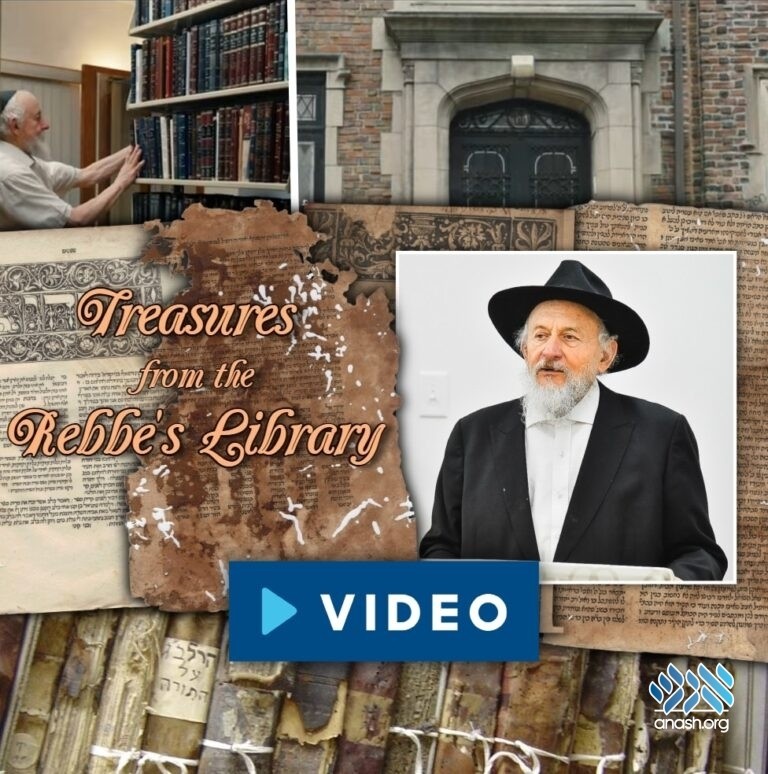
In a special Pesach edition of ‘Treasures from the Rebbe’s Library’, Chief Librarian Rabbi Berel Levin displays and discusses the most unique and rare Haggados that are owned by the Rebbe’s library.
By Anash.org reporter
Thousands of priceless treasures lie on the shelves and safes of the Central Chabad Library, right next door to 770. The average chossid, however, won’t have the chance to see the most precious of them. Until now, that is.
A new series, launched by Anash.org in partnership with the Rebbe’s library, will showcase some of the most unique and historic books and items in the Rebbe’s library.
In this special Pesach edition of ‘Treasures from the Rebbe’s Library’, Chief Librarian Rabbi Berel Levin displays and discusses the most unique and rare Haggados that are owned by the Rebbe’s library.
***
The earliest edition of Haggadah Shel Pesach owned by the library is a Haggadah that was printed as part of a year-round Machzor. Published in Bologna, Italy, in the year 1540, the Machzor contains tefillos for the entire year, including Pesach. As such, it includes the text of the Haggadah.
The Machzor is cataloged in the library under card 42554. The entire sefer can be viewed here.
The earliest edition of the Haggada as an independent work is ‘Zevach Pesach’ – the Haggadah with the explanation of the Abarbenel, printed in 1545 in Venice. It is cataloged under card 32684 in the library.
One unique Haggadah owned by the Rebbe’s library, catalog number 4390, is several pages of the printer’s proof from a Haggadah printed in Venice in 1629. The pages were used to test woodcuts of drawings to illustrate the Haggadah, and give a window into the immense amount of work that went into printing a sefer with illustrations.
The library also owns several handwritten copies, commissioned by wealthy Jews for use by their personal seder. One of them is the famed ‘Kittsee Haggadah’, transcribed in 1760. This Haggadah, catalog number 1950, was handwritten and illustrated on parchment by a calligrapher, Chaim ben Asher Anshel in the town of Kittsee, near Pressburg, which is now Bratislava, Slovakia.
VIDEO:


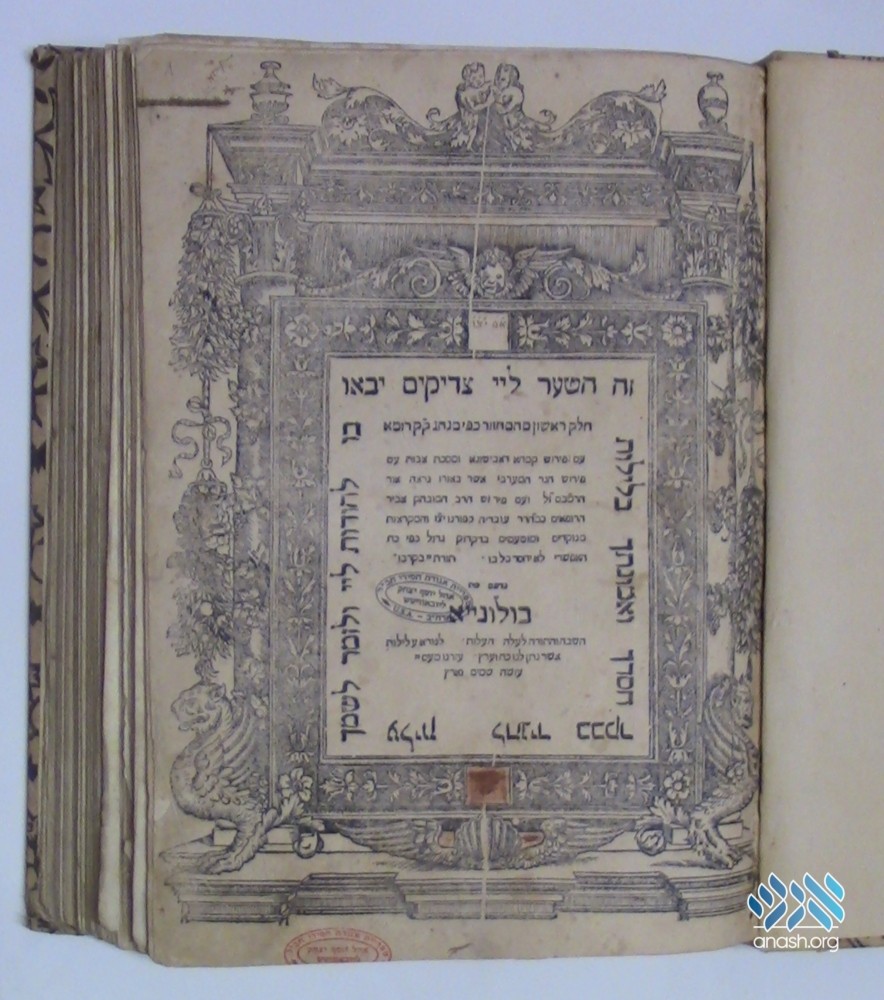
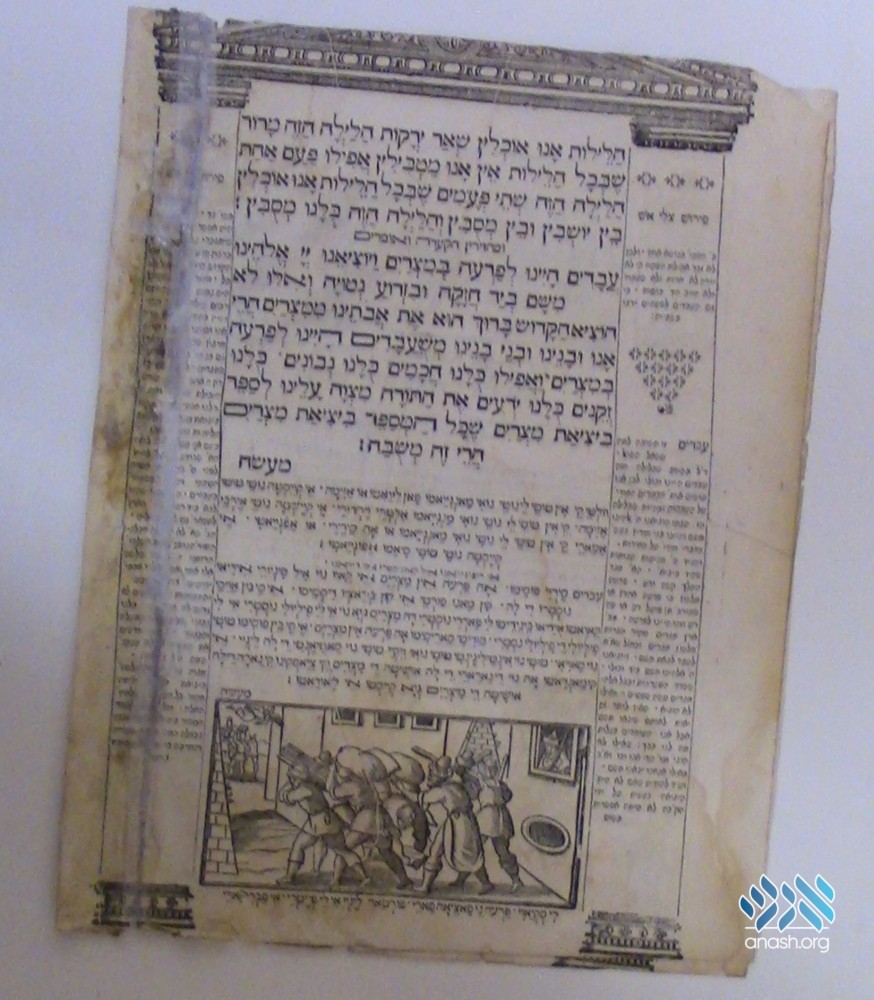
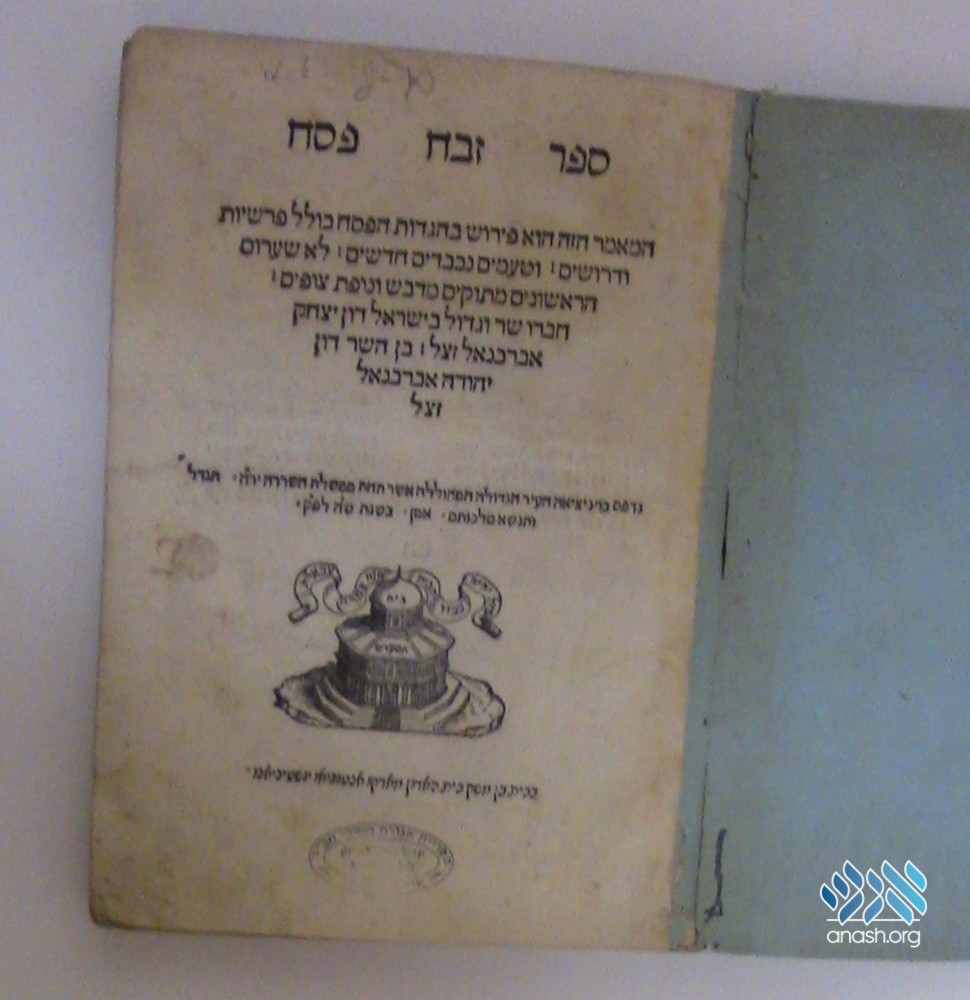
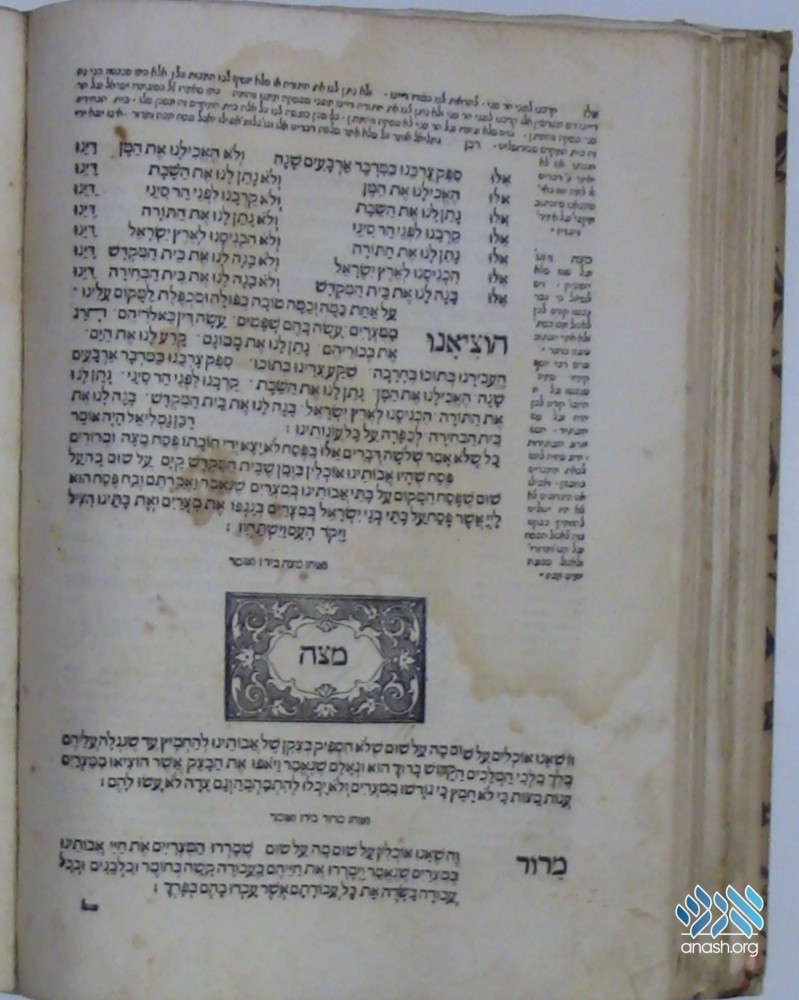
We appreciate your feedback. If you have any additional information to contribute to this article, it will be added below.